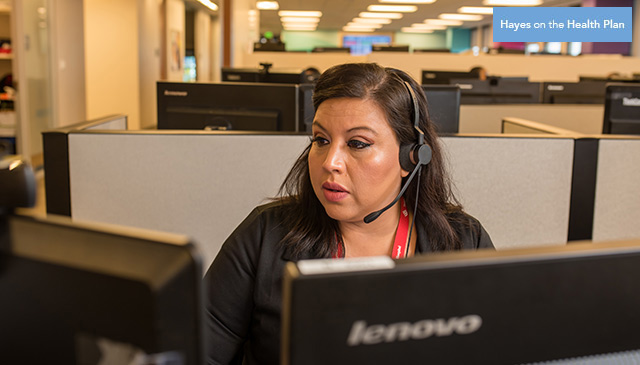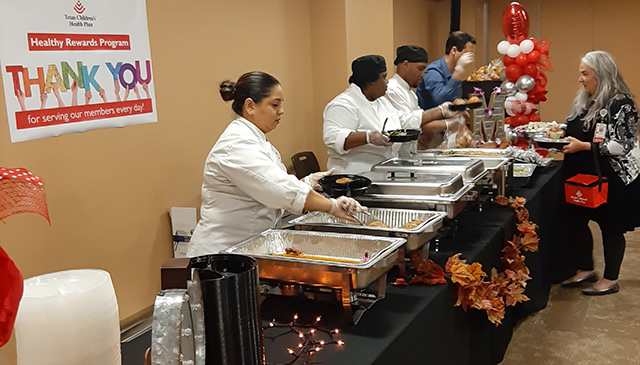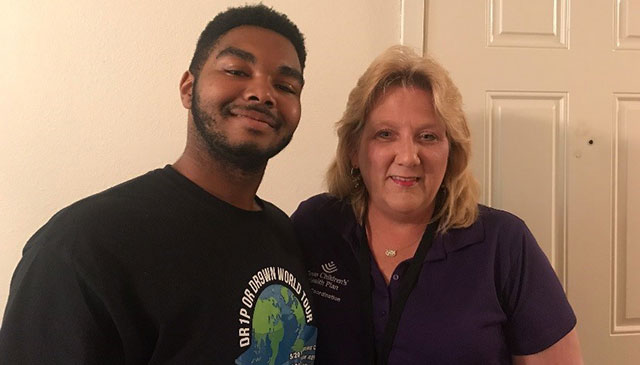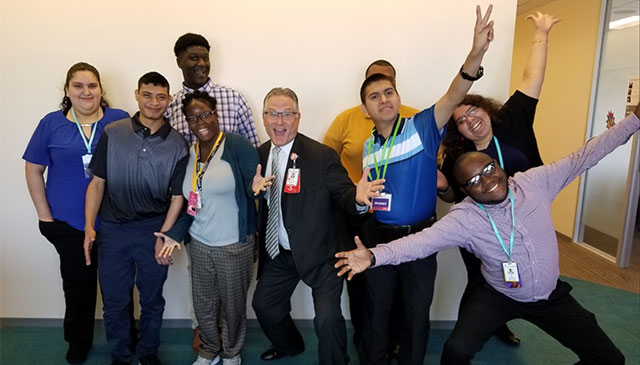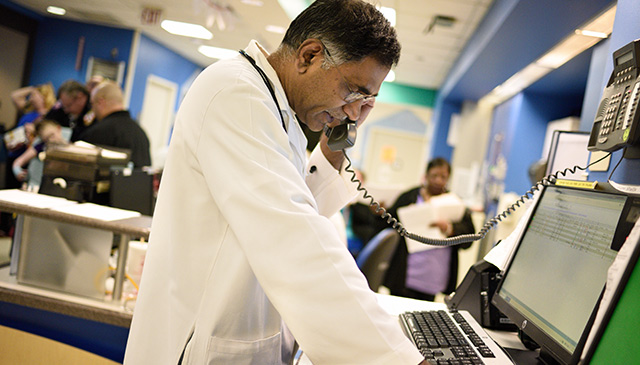October 7, 2019
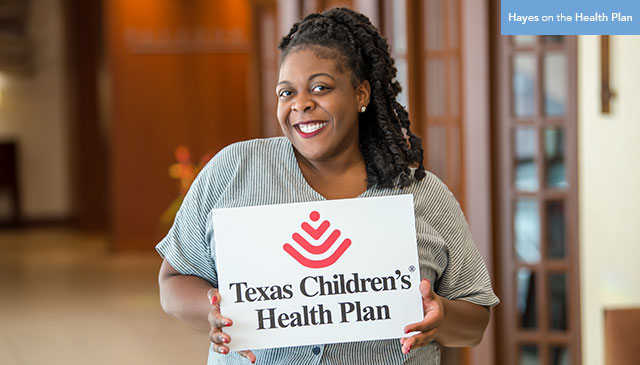
Greetings everyone! My name is Erika Hayes and I am a new employee at Texas Children’s.
Well – newish.
I’m actually what Human Resources would call a boomerang. I worked at Texas Children’s Hospital from 2011 to 2014, left for five years to chase big dreams, and when the time was right I came back home.
It feels so good to be back – and this time with a new opportunity to contribute to our mission.
On June 3, 2019 I joined Texas Children’s Health Plan!
The Health Plan? What’s that?
I’m so glad you asked. Unbelievably, it’s an area of the organization that I knew very little about during my first time here. So you can imagine how excited I am to come to work every day. I get to explore, ask questions and share all of the great things going on in our world.
My title is senior communications specialist. But that’s really just a fancy way of saying that I find out what’s happening and make sure everyone knows. I report information that is positive, strategic and helpful in our efforts to meet important business goals.
The best part of my job? I learn something new every day and this series is one of the ways I’ll share what I learn.
“But why now?”
Great question. Well, in recent months Texas Children’s has undergone a reorganization that has tied Texas Children’s Health Plan and Texas Children’s Hospital closer together. Executive leadership wants both organizations to support each other and communicate better so that our business is stronger and even more successful. My job is part of those efforts.
So welcome to day one of “Hayes on The Health Plan.” As often as I can, I’m going to take you with me on this journey of learning what this very special part of our mission is all about.
************
First up is the top 10 things you need to know about Texas Children’s Health Plan.
10. Texas Children’s Health Plan is an insurance plan much like Blue Cross Blue Shield of Texas, United Healthcare, Cigna or many others. The difference is that it manages the health care of low-income families who receive government-funded insurance, such as Medicaid.
9. The purpose of Texas Children’s Health Plan is to deliver the best health care possible for its members.
8. Families who have insurance through Texas Children’s Health Plan are called members. Texas Children’s Hospital has patients and Texas Children’s Health Plan has members.
7. Texas Children’s Health Plan currently employees a little more than 800 employees.
6. These employees are located in six areas – at our office building in Bellaire, in Beaumont, in Tyler, at The Center for Children and Women (two clinics) and remotely.
5. The Center for Children and Women is owned by Texas Children’s Health Plan. The two Center locations are full-service clinics for Health Plan members only, with a few exceptions for members of other government-sponsored programs.
4. The Centers are so nice that employees often ask if they can go. (I did!) However, this is not allowed. Members only.
3. Texas Children’s Health Plan is funded by the state of Texas. We receive state funding for each member who is part of our plan.
2. Mark Mullarkey is the president of Texas Children’s Health Plan and an executive vice president for the Texas Children’s system. I’ve had the opportunity to speak with him on several occasions and he is such a nice guy!
1. Texas Children’s Health Plan is Texas Children’s. It is part of the same organization that operates Texas Children’s Hospital. We are all part of the same family.
I have so many things I want to tell you through this series, but I’d love to hear from you too! Feel free to drop me a note at eehayes1@texaschildrens.org
Hayes on The Health Plan is a series written by Erika Hayes, senior communications specialist. She is a Health Plan employee, but also part of the Corporate Communications Team. Erika can be reached at eehayes1@texaschildrens.org or 832-828-1310.
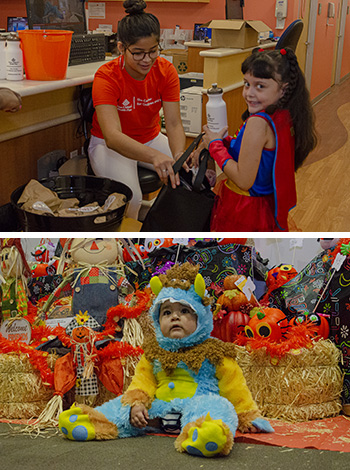 Texas Children’s Health Plan host flu-focused events for member families.
Texas Children’s Health Plan host flu-focused events for member families.

